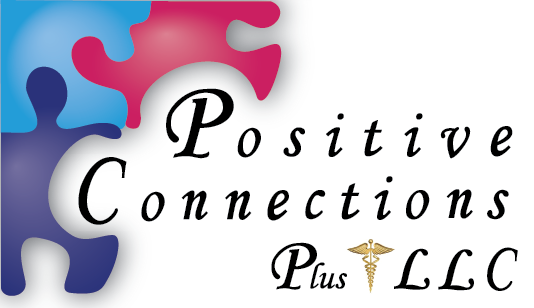It seems that the amount of contention in our lives has rocketed up over the last decade. It has become more and more difficult to talk to people without getting into an argument. When trying to talk with someone about something we don’t agree on, we can do some things to reduce arguments and preserve our relationships.
We need to know what kind of conversation we are trying to have. The three main types of conversation are:
- to protect ourselves
- to accomplish an objective
- to build a relationship
In a conversation focused on protecting ourselves we might say no or set a boundary (see my previous post). When we are trying to get something done like planning a birthday party or getting the laundry folded, we might have a conversation with someone we want help from. That kind of conversation might use hints, requests, demands or threats. A conversation about reaching agreement is different from a conversation about understanding. A conversation about agreement is really just trying to accomplish the goal of getting them to agree with you. For our purpose today I will talk about the kind of conversation where you are trying to build a relationship with someone.
To begin, be curious. People are usually willing to talk about their thoughts and ideas when:
- They are asked an honest question
- The question doesn’t seem like a trap
- They don’t feel like they will be attacked for saying what they think
You can say that you have a different point of view or belief. You don’t have to pretend to agree with them. Just show that you would still like to understand what they believe.
Only give your point of view if they ask for it. It can be interesting to talk about how your beliefs are different or how they are the same, but you need to wait until you have shown that you aren’t going to attack them or try to convince them you are right.
How you ask questions matters. Pay attention to your tone of voice and body language. If you are tense, it gives the signal that you are preparing to fight. If you want someone to be open, don’t use sarcasm. They could easily think that you are a judgy person and be afraid you will judge them.
What kind of questions you use also makes a difference. Use open ended questions such as ones that start with:
- Who
- What
- Where
- When
- How
Do not use closed ended questions such as ones that start with:
- do/did
- are/have/will
Closed ended questions can be answered with yes or no. Open ended questions can be answered any way they want. The question “Why“ is open ended, but it is tricky. It can also be seen as judgy. For example, “why did you say that? You must be crazy/stupid.”
Use paraphrasing and summarizing to show:
- You understand what they are saying
- You are talking about the same thing
- You want to listen
Once you know what you are talking about, stay on that topic. Don’t bring in other issues, even if they are related.
You can ask “where can I look to learn more?” and they may tell you where they heard something, but if you say “where did you get that?” they might feel like they have to defend themselves. It isn’t a bad idea to check their facts, as well as your own, following the conversation.
In summary:
- Be curious
- Be relaxed
- Use open ended questions
- Check that you are getting it
- Stay on topic
Following these steps takes practice. It will probably not go great the first several times you try. The simple fact that you are trying though can be encouraging to your friend. It can also increase their respect for you and their trust in you. Keep trying and I wish you good luck.

